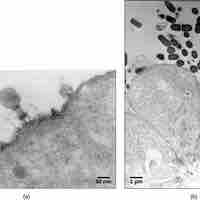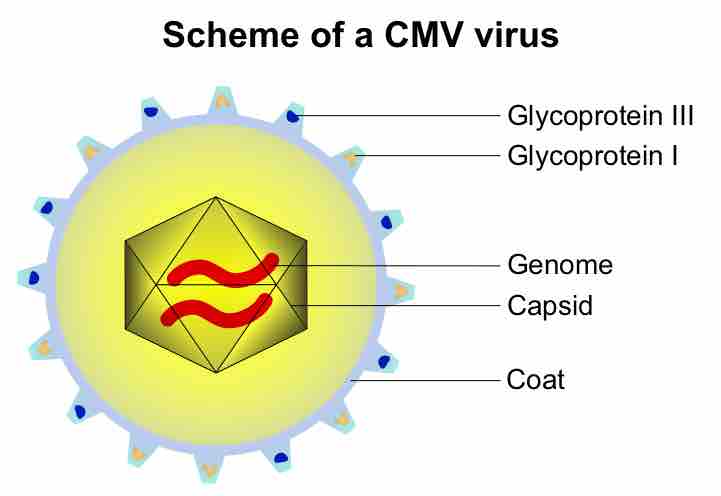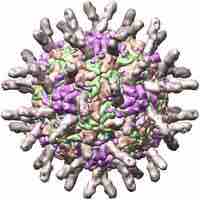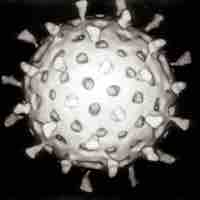Section 1
Overview of Viruses
Book
Version 6
By Boundless
By Boundless
Boundless Microbiology
Microbiology
by Boundless
5 concepts

Discovery and Detection of Viruses
Viruses are infectious particles about 100 times smaller than bacteria and can only be observed by electron microscopy.

Nature of the Virion
A virion is a complete viral particle consisting of RNA or DNA surrounded by a protein shell, constituting the infective form of a virus.

Viral Genomes
The viral genome is the complete genetic complement contained in a DNA or RNA molecule in a virus.

Host Range
A virus' host range is the range of cell types and host species a virus is able to infect.

Viral Size
Most viruses range in size from 5 to 300 nanometers (nm), although some Paramyxoviruses can be up to 14,000 nm long.